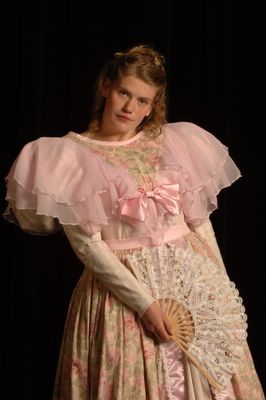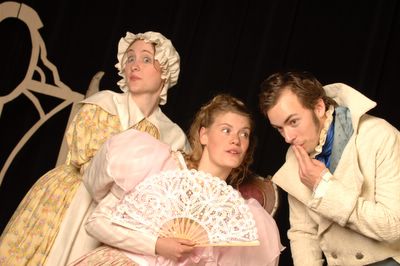The School For Scandal: Gossip From Its First Production
Richard Sheridan was not only the author of
The School For Scandal, but the manager of the theatre where it was first produced, the Drury Lane in London. He was preceded in that job by one of the great theatrical innovators,
David Garrick, who in the mid and late 18th century transformed the English stage into something more like the theatre we know today.
For example, he introduced new lighting, including footlights and sidelights. He re-designed the stage so dramas looked more naturalistic, with less opportunity for star actors to step to the apron for long soliloquies. He sought out the best stage designers of Europe, and recruited the best actors, rather than surrounding one star with no-talents. According to playwright and theatre historian
Ronald Harwood, “Garrick was, in effect, the first real director that England had known.”
Garrick also introduced reforms affecting the audience. He created more distance between the stage and the front of the audience, where the gossips of the day used to spout their witticisms during the performance. Likewise he banned visitors from the backstage during the play, which all added to the atmosphere of hushed attention to only what’s happening on stage that theatergoers expect today.
Unfortunately, as a manager, Sheridan was no Garrick. He was extravagant, engaged in expensive lawsuits against other theatres, and drove away his best actors. Despite his own plays with their verbal wit, he tried to satisfy popular taste with spectacle. He even wrote one, a pantomime version of Robinson Crusoe.
Sheridan might have bankrupted the Drury Lane, except that in 1808 it burned to the ground. Nevertheless, Sheridan’s best plays--
The Rivals, The Critic and
The School For Scandal—remain mainstays of the English repertoire.
The Critic was a response to another innovation of Sheridan’s day—the rise of theatrical criticism, which grew in response to the “comedies of manners,” a category that includes
The School For Scandal.













